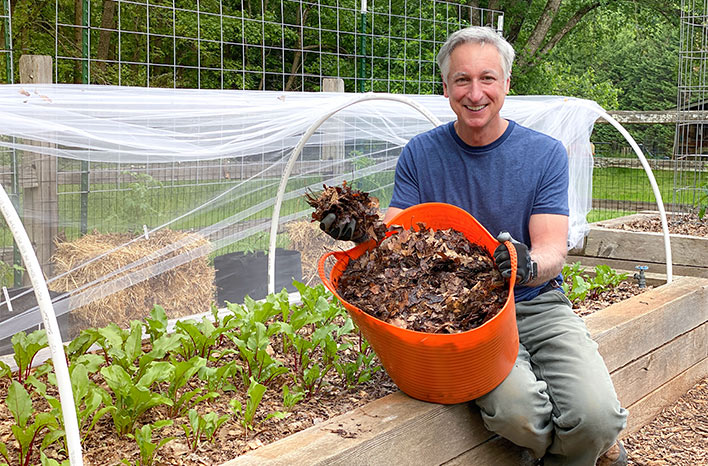Introduction
Using bark mulch in a vegetable garden can be a game-changer for home gardeners seeking improved soil health, moisture retention, and weed control. Bark mulch, made from shredded or chipped tree bark, offers several benefits that support sustainable vegetable gardening. This article explores the advantages, best practices, and potential concerns of using bark mulch in your vegetable garden to help you make informed decisions and achieve a thriving harvest.
What Is Bark Mulch and Why Use It in Vegetable Gardens?
Bark mulch consists primarily of the outer layers of tree bark, typically sourced from pine, cedar, or hardwood trees. It serves multiple functions in the garden:
- Moisture retention: Bark mulch helps keep soil moist by reducing evaporation.
- Temperature regulation: It insulates roots from extreme heat and cold.
- Weed suppression: A thick layer blocks sunlight, inhibiting weed growth.
- Soil improvement: Over time, decomposing bark adds organic matter, enriching the soil.
Experts recommend bark mulch because it breaks down slowly, providing long-lasting benefits compared to other organic mulches like straw or grass clippings.
How to Apply Bark Mulch in a Vegetable Garden
Preparing the Soil
Before applying bark mulch, ensure your soil is well-prepared. Till the soil lightly and add compost or organic fertilizers to provide nutrients since bark mulch itself is low in nitrogen.
Proper Layer Thickness
Apply bark mulch in a layer about 2 to 3 inches thick around your vegetable plants. Avoid piling mulch against plant stems or trunks to prevent rot and pest issues.
Timing and Frequency
The best time to mulch is after planting when the soil has warmed. Refresh the bark mulch annually or as needed when it starts to decompose or thin out.
Benefits of Bark Mulch in Vegetable Gardens
Improved Soil Moisture and Temperature
Bark mulch reduces water evaporation, meaning less frequent watering is necessary. It also stabilizes soil temperature, protecting sensitive vegetable roots from temperature extremes.
Weed Control
A quality bark mulch layer significantly reduces weed growth, minimizing competition for nutrients and saving valuable gardening time.
Enhanced Soil Health
As bark mulch slowly decomposes, it contributes organic matter that improves soil structure, aeration, and microbial activity essential for plant growth.
Potential Drawbacks and How to Mitigate Them
Nitrogen Immobilization
Fresh bark mulch can temporarily tie up nitrogen in the soil, making it less available to plants. To avoid this:
- Incorporate nitrogen-rich amendments like compost or blood meal when preparing soil.
- Use well-aged or composted bark mulch rather than fresh mulch.
Pest Concerns
Thick mulch layers can harbor slugs or other pests. To prevent this:
- Keep mulch away from plant stems.
- Monitor pest activity regularly and take action if necessary.
pH Considerations
Some bark mulches, especially from conifers like pine, can acidify soil slightly. Test your soil pH and adjust with lime if needed to maintain optimal vegetable growth conditions.
Expert Tips for Maximizing Bark Mulch Effectiveness
- Choose bark mulch free from chemical treatments or dyes.
- Combine bark mulch with other organic mulches if desired for balanced nutrients.
- Water your garden well before and after mulching to help settle the mulch and support microbial life.
- Rotate mulch types seasonally to diversify soil inputs and reduce pest buildup.
Conclusion
Using bark mulch in your vegetable garden offers multiple advantages, including moisture retention, weed control, and soil health improvement. By applying it correctly and addressing potential challenges like nitrogen immobilization and pest risks, you can create an optimal growing environment for your vegetables. Consider incorporating bark mulch as a sustainable gardening practice to enhance your garden’s productivity and resilience. Start mulching today and watch your vegetable garden thrive with healthier plants and richer soil.
